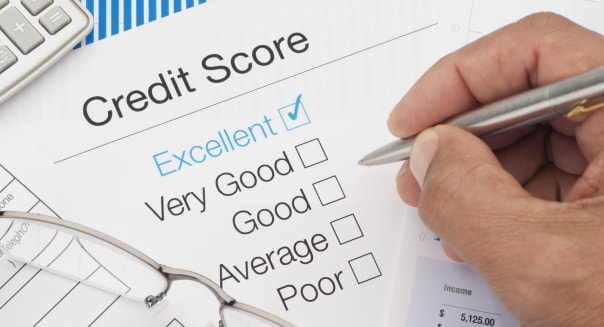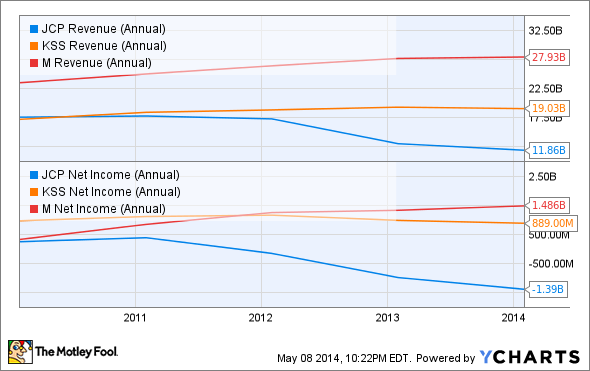Filed under: Investment Fraud, Scandals and Lawsuits, Investing

1. DeLorean Motor
Marty McFly's time-traveling adventures weren't the only juicy story featuring the futuristic DeLorean. The inventor of the car with cool side-opening doors from "Back to the Future" was caught on tape during an FBI sting declaring the suitcase of cocaine he planned to sell was as "good as gold." The cocaine, worth $24 million, was John DeLorean's last-ditch attempt to save his floundering company from financial ruin. This (combined with charges of defrauding his partners) lost all trust he had with investors. The firm filed for bankruptcy in 1982. (An unrelated company using the same name services the 9,000 cars made.)
2. The Dutch Tulip Craze
In the 1630s, the Dutch were flying high on the flowers recently introduced from Turkey. Tulip bulbs became a highly sought-after commodity, with one bulb going for the equivalent of an entire estate. Many investors got so excited that they sold everything they had to get in on the deal. But, like any craze, tulip mania came to an end. As more people started to grow tulips and prices began to lower, investors raced to sell, resulting in an economic depression that still serves as a warning today.
3. Charles Ponzi
The famous swindler, whose name is now synonymous with scams, did his dirty dealings back in the 1920s. Cashing in on people's desire to get rich quick, Charles Ponzi wasn't the first to run a pyramid scheme, but he was the first to get so good at it people took notice. His racket involved enticing investors to buy discounted foreign postal reply coupons, which they could redeem at face value for U.S. postage stamps. Using money from new investors to pay existing investors, Ponzi pocketed millions for himself before the whole thing collapsed, costing investors around $20 million.
4. Bernie Madoff
Speaking of Ponzi schemes, former Wall Street stockbroker Bernie Madoff was behind one of the biggest in U.S. history. For decades, his investment firm defrauded its clients, fudged the numbers and cost an estimated $20 billion to investors. Pleading guilty to 11 federal felonies -- including securities fraud, investment fraud and money laundering -- Madoff is the prime example of investing gone horribly wrong.
5. Washington Mutual
The biggest bank failure in history, according to assets, Washington Mutual won its spot in the list of infamy when it went out of business and was purchased by JPMorgan Chase (JPM) in 2008. Once the sixth-largest bank in America, it fell the furthest during the subprime lending fiasco, resulting in its seizure by the Federal Deposit Insurance Corp. and bankruptcy. Total lost assets? Around $300 billion.
6. Enron
Energy, commodities and services company Enron seemed to be on top of the world. With (claimed) revenue in the hundreds of billions, it was consistently named "America's most innovative company" by Fortune -- until it came to light that its success was based on fraudulent reporting. It hid massive debts from its balance sheets. Now one of the best-known examples of corporate fraud, greed and corruption, Enron lost its shareholders their retirement accounts, their jobs and $74 billion.
Global financial services firm Lehman Brothers is another example of shaky reporting (to put it kindly). It hid more than $50 billion in toxic assets in the Cayman Islands from its balance sheets by disguising them as sales, making them look instead like $50 billion in cash. When the subprime mortgage crisis hit in 2007, Lehman Brothers was forced into bankruptcy and acquired by Barclays (BCS) and Nomura Holdings (NMR).
8. Premier Smokeless Cigarettes
Long before today's e-cigarette trend, R.J. Reynolds Tobacco (RAI) attempted to eliminate some nasty side effects of smoking with its Premier smokeless cigarette. This "nicotine delivery device," made to look like a cigarette, flopped when it was found to have a horrible charcoal aftertaste and to be a convenient method of delivering substances other than nicotine to smokers. Less than a year after its 1988 release, it was pulled from the market -- after costing nearly $1 billion to develop.
9. Pets.com
It had an adorable sock spokes-puppet and a ton of high-profile commercials, but Pets.com didn't manage to cash in on the dot-com bubble. The online pet supplies retailer rapidly gained attention with spots on the Macy's Thanksgiving Day Parade and the Super Bowl, but with no solid market to purchase the products it advertised, it quickly found itself losing money. In spite of $300 million in investment capital (largely spent on advertising), it failed after two years.
10. WorldCom
Once the second-biggest long distance phone company in the U.S., WorldCom (also known as MCI WorldCom) was once seen as one of the great telecom success stories of the '90s. But when it tried to continue its growth-by-merger strategy by joining with Sprint (S), it was blocked by regulators as an attempt at monopolization. When it came to light that CEO Bernie Ebbers was financing his other businesses with personal loans from his WorldCom stock (to the tune of $360 million), things unraveled further. WorldCom filed for bankruptcy in 2002, resulting in an $11 billion loss to investors.
Paula Pant ditched her 9-to-5 job in 2008. She's traveled to 30 countries, owns six rental units and runs a business from her laptop. Her blog, Afford Anything, is a gathering spot for rebels who refuse to say, "I can't afford it." Visit Afford Anything to learn how to shatter limits, build wealth and live life on your own terms.







 By MICHAEL LIEDTKE
By MICHAEL LIEDTKE
















